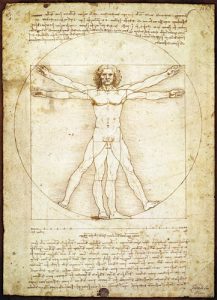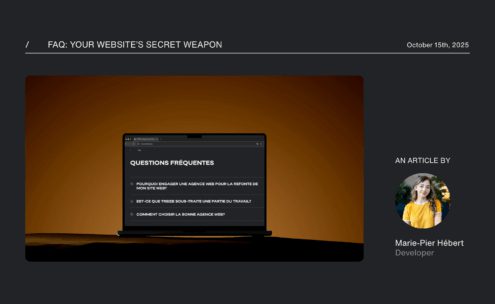When I started getting interested in the world of design, I learned that there were several types of design. In my learning journey, two types of design were frequently mentioned: UX design and UI design. I’m sure you’ve probably heard these words too without really knowing what they mean. In the world of technology, a common question regarding design is, “What is the difference between UI and UX design?”
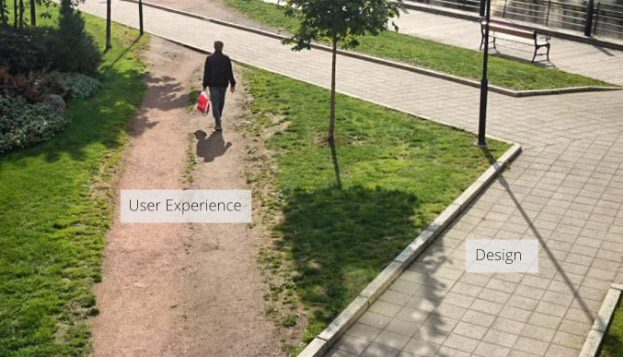
Don’t worry, you’ll understand this image by the end of this article.
get back to basics
Firstly, what exactly is design? Here’s a definition from Wikipedia on the subject:
“Design is a creative activity […] The primary purpose of design is to invent, improve, or facilitate the use or process of an element interacting with a physical or virtual product or service. One of the roles of design is to meet needs, solve problems, offer new solutions, or explore possibilities to improve the quality of life for humans.” – Wikipedia.
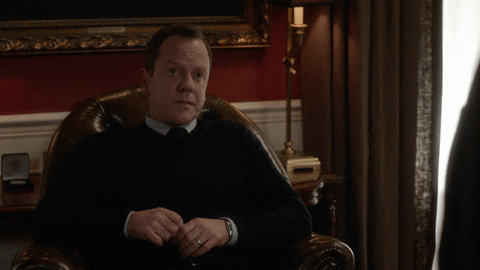
Design should not be confused with decorative arts (interior architecture or interior decoration) because design is more closely linked to technical innovation, mass production, and contemporary aesthetics.
what is ui design?
To clarify one thing once and for all: UX is not UI… but UI can sometimes be UX. I’ll talk about that later.
The term UI is an acronym for User Interface. So, we can say that UI design is a discipline that creates the entire visual aspect of a product containing an interface. UI design focuses on the visual experience, with the primary goal of making a website, application, video game menu, etc., visually appealing. This encompasses all the visual elements with which a user will interact while navigating from point A to point B. It includes the layout of a website, the visual style of a button or form, and choices of colors and typography, all with the aim of making the user find it visually pleasing during use.
when beautiful doesn’t necessarily mean functional.
Whether it’s at your home, in the office, at Starbucks, or anywhere else, you interact with doors. I’m sur you’ve used a door like this before:

It’s a beautiful door isn’t?
“But why is he talking to us about doors?”
It’s a beautiful door. We agree. It’s simple, contemporary, and clean, and I could give you even more adjectives for its beauty. However, I’m sure that with a door like this, you’ve already found yourself in this situation:
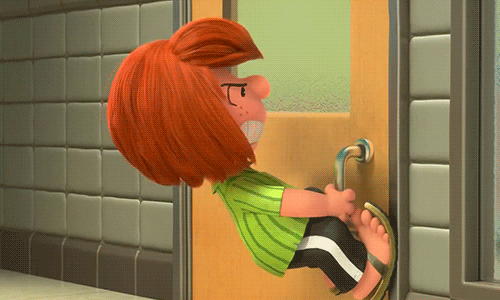
When you were in front of that door, did you have to push it, pull it, or even slide it? You tried in a way that seemed natural to you, but its opening was counterintuitive. Frustrating, right?
Well, UX design is the discipline that is focused on the user experience when using a product. It’s about making the user experience pleasant, easy, and natural, not like that door.
UX design is more concerned with the psychology of the user and cognitive interactions. It’s about solving a problem during the user journey. Is it easy for the user to purchase an item? Is the module easy to understand and use? In general, was the user’s experience with the product smooth or troublesome?
UX design is not limited to the digital world. Like with the door, it’s a field used in everything around us. Good UX is supposed to be invisible, and we shouldn’t even notice it because it’s so natural. Think of it a bit like a joke: if it needs to be explained, it’s not good.
Here’s another example of bad UX design to illustrate my point:
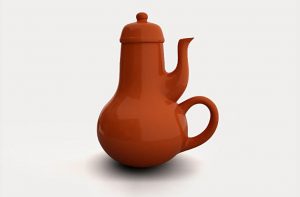
however!
At the beginning of the article, when I was explaining UI, I said that UX is not UI, but the reverse can be true. Indeed, UI plays a role in the user experience. If the product they are using is ugly or poorly conveys an element, it can harm the experience. If the text size is not big enough and the font is too small, it will impair readability. If an element doesn’t appear clickable, the user might miss important information.
in the end
In conclusion, UI design and UX design are two different things, but they still go hand in hand. If I had to summarize these two concepts with a human body analogy, it would be like this:
UI design:
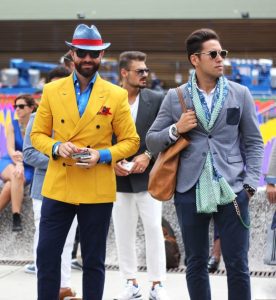
UX design:
